Geophysical Services
Back to ServicesAny major construction work like power plants, high rise buildings, bridges etc., calls for a well-considered approach in view of the restricted timeframe and finance. In planning and development of project adequate knowledge of the subsurface conditions at site is critical. Application of tools and techniques that are helpful in enhancing efficiency of the geotechnical evaluation study is therefore preferable.
Parsan know as one of the best Geophysical Surveying Company provides Geophysical Services
Engineering geophysics is an efficient means of subsurface investigation. The merit of application of this low cost aid lies in its ease of deployment and rapidity in providing a reliable knowledge of the underground over a large area, substantiating the requisite geotechnical evaluation studies thereby. Technological advancements and development of portable digital data acquisition instrument systems have increased the versatility in evaluating underground conditions and site characterization.
The state-of-the-art subsurface geophysical investigations are helpful towards minimizing involvement of the conventional direct exploration methods, aiding in accelerated and economical development of the construction projects.
It is an established fact that a single geophysical method cannot resolve all the problems associated with subsurface investigations. As an example, seismic refraction cannot ‘see’ low velocity zones under rock interface, which might be present under certain geological conditions. PARSAN therefore believes in integrated application of various geophysical techniques like seismic refraction, resistivity imaging, ReMi, Crosshole/downhole/uphole seismic and seismic reflection, to determine various properties of subsurface like bedrock quality and depth, low velocity zones (even under rock interface), fault/fracture/shear zones, water lenses, tunnel route geology etc. PARSAN also has extensive experience of utility detection which is at times required at urban sites.
Some of the unique advantages of geophysical surveys:
- Geophysical methods are quick to apply, saving in terms of time and money.
- Light and portable equipment allows access to remotest of sites.
- Provides information on critical geological features like faults/fractures/weak zones/shear zones, not visible from surface information.
- Large areas mapped quickly and inexpensively.
- Researchers can assess site conditions, and target specific locations for detailed investigations by drilling, while avoiding others
- Geophysical methods can quickly produce subsurface geology avoiding delays during execution due to meeting the unexpected.
- Shear wave profiles can be quickly obtained for ascertaining liquefaction potential and earthquake response.
- Buried utilities, pipes and cables, can be detected before drilling/ excavation, avoiding damage to utilities and costly accidents.
- Concrete structures can be quickly scanned to ascertain integrity and detect defects like voids, honeycombing etc.
PARSAN has highly experienced personnel and advanced instruments to carry out high resolution geophysical surveys for geotechnical investigations. The survey methodology and tools to be used are decided in consultation with the client and depending on site conditions and objectives of survey. A technical report describing our work, including high resolution maps with detailed interpretation is presented to the client upon completion of analysis.
Techniques available to solve a range of subsurface problems for geotechnical investigations
1. Seismic Refraction
- Bedrock profile, rock quality and depth
- Thickness of overburden
- Fractures and weak zones
- Topography of ground water
- Slope stability studies
- Pipeline route studies
2. Electrical Resistivity Imaging
- Bedrock quality and depth measurements
- Excellent 2-dimensional display of ground resistivity.
- Fractures and weak zones
- Delineation of small features like cavity, contamination plumes, weak zones etc.
- Detects soft zones under rock surface (not detected by seismic refraction)
- Possible to conduct across flowing rivers for bedrock depth determination
3. ReMi (Refraction Micro-tremor)
- PARSAN has launched for the first time in India, innovative technique of ReMi (Refraction Micro-tremor) having distinct edge over MASW and SASW in terms of logistics, execution and results.
- ReMi can be performed under the same layout as used for seismic refraction, to obtain excellent shear wave velocity profiles of subsurface.
- The seismic source consists of ambient seismic "noise", or micro-tremors, which are constantly being generated by cultural and natural noise.
- ReMi can determine shear wave velocities down to a minimum of 40 meters (130 feet) and a maximum of 100 meters (300 feet) depth.
- Critical parameter for earthquake site response and Liquefaction analysis.
4. Crosshole/downhole/uphole Seismic Surveys
- Precise determination of P and S wave seismic velocities.
- Determination of Dynamic Elastic Moduli like Poisson’s Ration, Young’s Modulus, Bulk Modulus and Shear Modulus.
- Detects even thin anomalous zones in subsurface.
5. Ground Penetrating Radar
- Geological and hydro-geological investigations including mapping of bedrock topography, water levels, solution features, glacial structures, soils and aggregates.
- Engineering investigations to evaluate dams, sea walls, tunnels, pavements, roadbeds, railway embankments, piles, bridge decks, river scour, buildings and monuments.
- Location and evaluation of buried structures including utilities, foundations, reinforcing bars, cavities, tombs, archaeological artifacts, and animal burrows.
- Site investigations: location of buried engineering structures and underground storage tanks.
- Rapid ground coverage- Antenna towed either by hand or from a vehicle.
- High-resolution coverage of the survey area, detecting even small objects.
- On-site interpretation possible due to instant graphic display.
6. Micro Gravity Surveys
- Regional geological mapping
- Sediment thickness studies
- Void detection



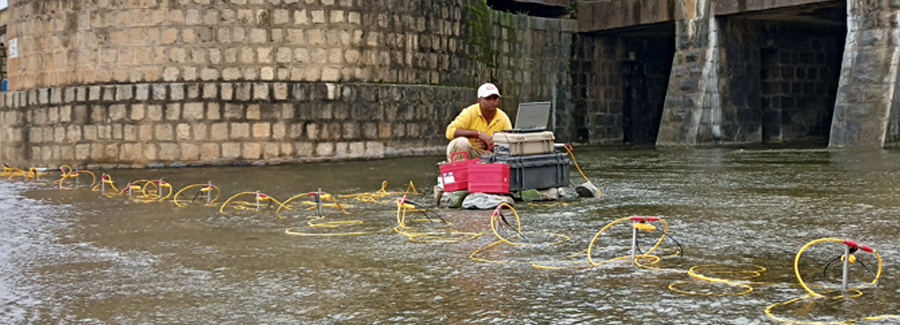
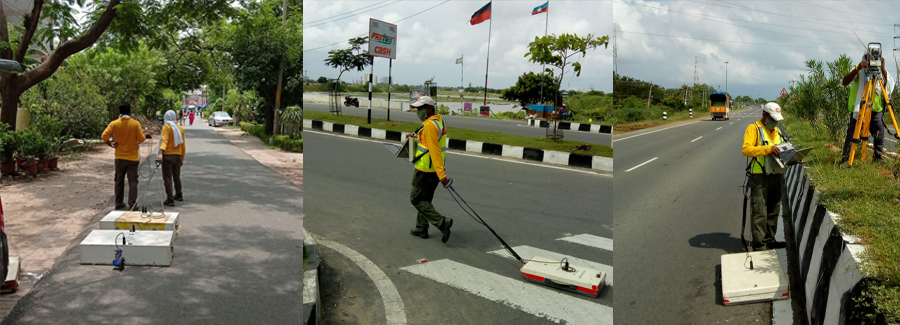
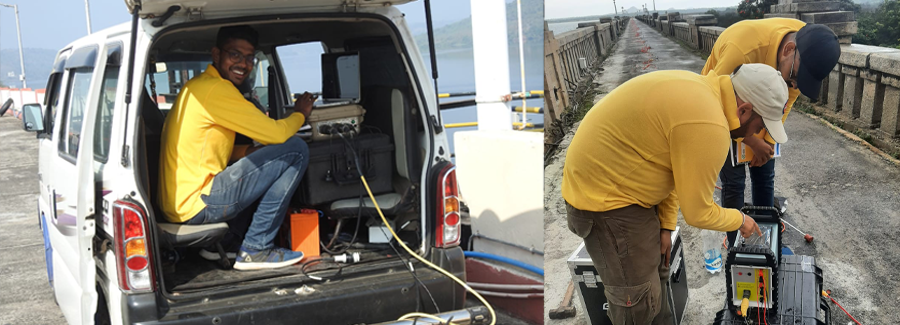
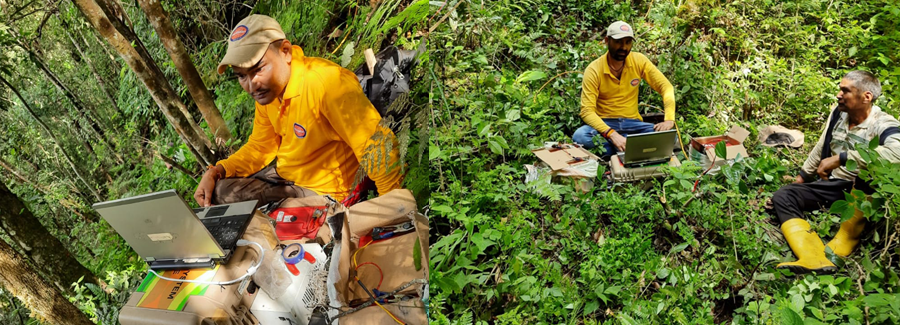
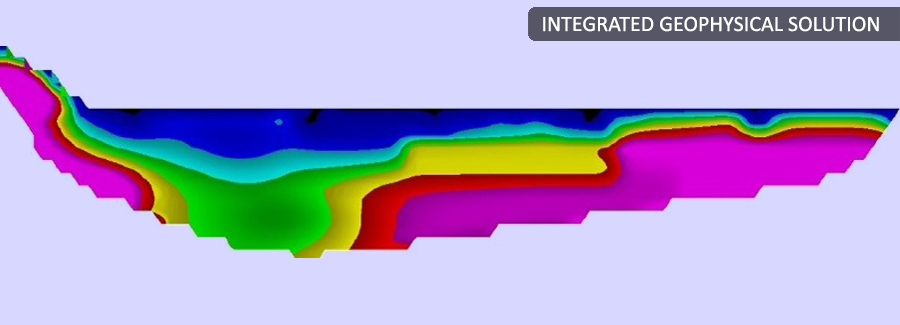
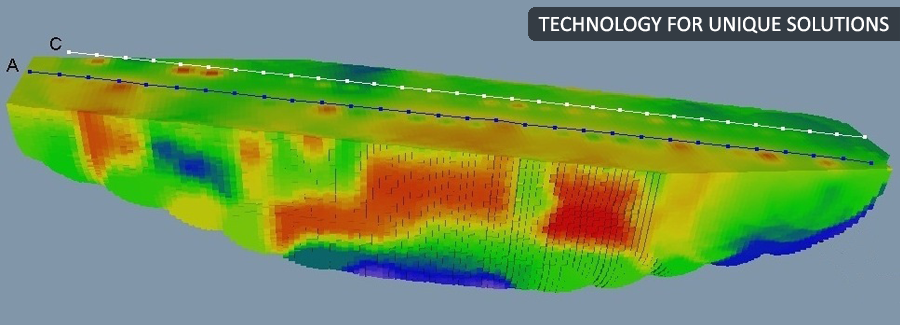
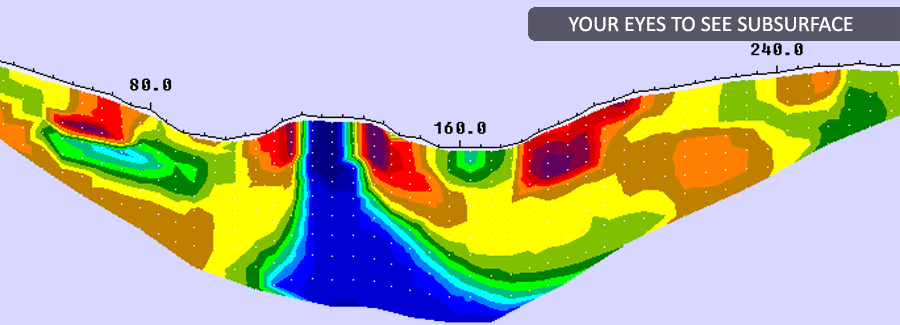
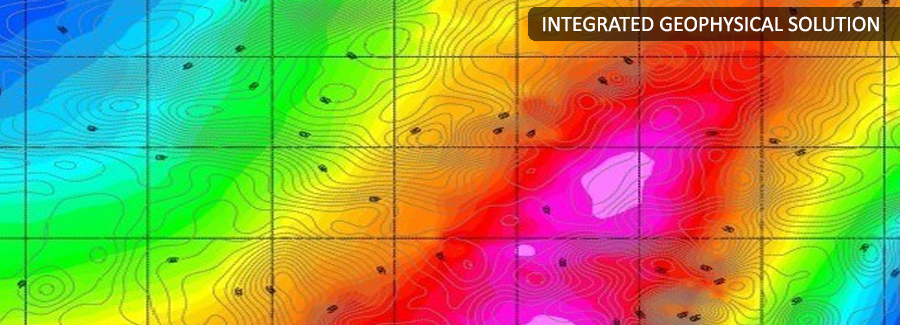
.jpg)